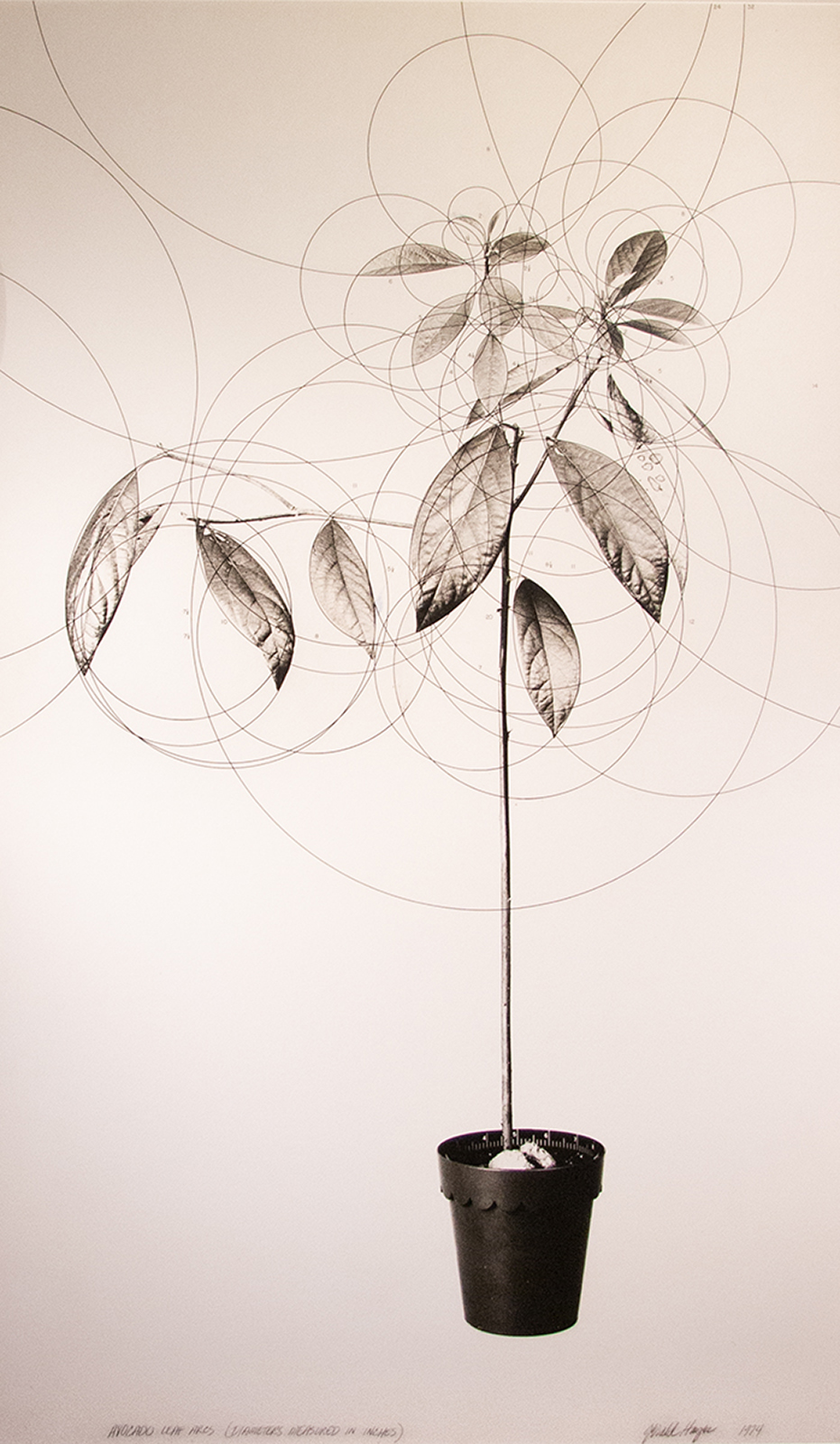
My degree in art history has changed the way that I think about the visual world. I started with some concrete understanding of art history that included iconic works and artists; however, it was only upon taking courses in modern and contemporary art that I developed the deep interest in those periods that transformed how I thought about art, from the materiality of the canvas to the way that artworks signify differently in different contexts and to a variety of audiences. Once I immersed myself in artworks that I did not initially understand, I developed a newfound appreciation for them, and for how artists visualize society in ways that shape our perspectives.
One of the many meaningful experiences I had as an art history major was being a curatorial intern at the Krannert Art Museum. I learned about the fundamental role of curators in interpreting artworks, as well as about how they collaborate with other museum staff to cultivate a deeper understanding of visual culture among visitors to the museum. I developed an understanding of art history’s connection to other subjects and how artists visualize contemporary issues. I zeroed in on my passion for modern art and was able to work in depth on the artist Gerald Hayes’s Avocado Leaf Arcs (Diameters Measured in Inches) of 1974.
Measuring 60 inches by 40 inches, Hayes’s image of an avocado plant is large for a photograph —indeed, it is life-sized. The artist makes the scale a theme by including a ruler that encircles the interior rim of the plant’s pot. He worked with a technician to enlarge the photographic print from the negative, so that an inch on the depicted ruler matched an inch on the print. Hayes then drew on top of the photograph, precisely mapping out circles that intersect with the plane of the image and that extend beyond the visible compositional plane. The diameters of each drawn circle are based on the size of the leaf it intersects. As Hayes draws on the print, the mimetic powers of the photograph are challenged by the drawing’s intervention upon the surface of the image. One becomes aware of the differences between these two modes of graphic mark-making. It is work like this that continues to make me passionate about art and that feeds my desire to communicate that importance to others.
